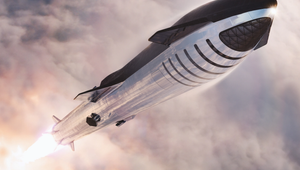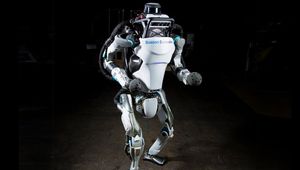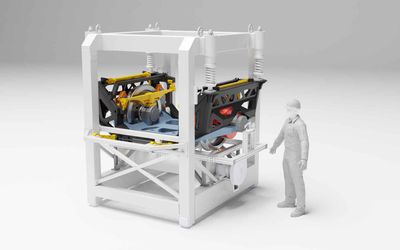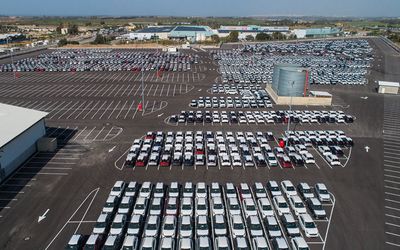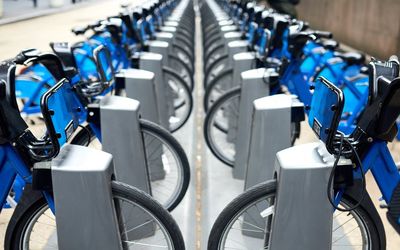Flyboard Air
A jet powered personal aerial vehicle, capable of VTOL and individual mobility.
Technical Specifications
| Maximum speed | 100 |
| Maximum altitude | 150 |
| Flight time | 6 |
| Maximum capacity | 100 |
Overview
A jet-powered hoverboard powered by turbine engines that run on Kerosene or Jet B fuel which is contained in a backpack strapped to the rider. The vehicle can carry a person who weighs as much as 100 kg. The board packs four 250-horsepower turbo engines, with two more on the sides to stay stable.
The creators developed a special algorithm for stabilization. Each engine can be manipulated individually to change the angle and thrust. It can even fly on just three engines, making it possible to land safely if one engine fails mid-flight.
With engine out capability, the Flyboard Air can lose one engine and still continue the mission. If two engines go out, the Flyboard Air will make a controlled descent.
References
Contains more images, video's, and background information. Also has a question & answer section.
Continue Reading
The chassis of a train is a key factor for fast, reliable, safe and comfortable rail transport. The German Aerospace Center (DLR) is working on a new, chassis design for the future as part of its Next Generation Train concept, with each wheel driven individually and controlled with smart technology.

